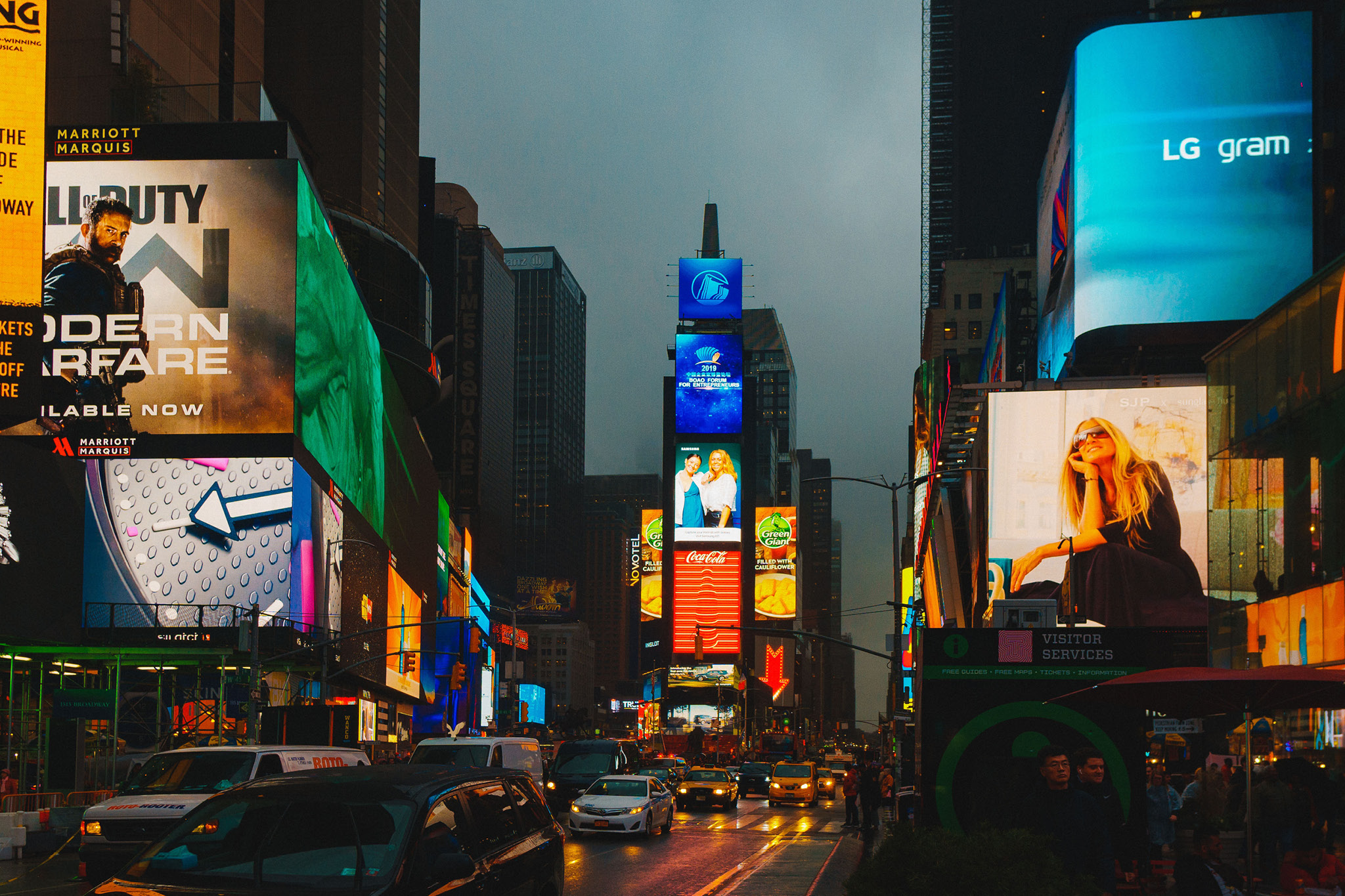Exploring How Resolution Affects the Functionality and Visual Caliber of LED Walls in Contemporary Display Techniques
Exploring How Resolution Affects the Functionality and Visual Caliber of LED Walls in Contemporary Display Techniques
Blog Article
Light Emitting Diode screens are growing increasingly popular in various environments, including musical events and sports events to business displays and creative installations. One of the most important elements that affect the functionality and image clarity of these screens is image clarity. Resolution refers to the number of pixels that compose the visual on the display. Increased resolution means more pixels, which can lead to clearer and clear visuals. Grasping how resolution affects LED walls can help operators make knowledgeable choices about their screen needs.
When talking about image clarity, it is crucial to consider picture spacing, which is the distance between the center of one pixel to the midpoint of the following pixel. A reduced picture spacing yields a higher resolution, allowing for more clarity in the visuals shown. For example, an LED wall with a pixel spacing of 1.5mm will offer a sharper image than one with a pixel pitch of 3mm. This is particularly crucial in settings where audiences are close to the screen, such as in a small location or a exhibition show booth. In these cases, a higher image clarity can greatly improve the viewing experience.
Another aspect of image clarity is its effect on hue accuracy and brightness. LED walls with greater image clarity often have superior color reproduction, meaning that the hues shown are more vibrant and true to life. This is essential for applications like advertising, where the objective is to attract attention and communicate a concept efficiently. Additionally, higher resolution screens can preserve brightness levels even when viewed from different angles. This is crucial in big venues where audiences may be seated at different ranges and positions from the display.
The functionality of LED screens is also influenced by resolution in terms of refresh rates and response times. A higher resolution useful site display can handle quicker update frequencies, which is crucial for fast-moving material such as films and motion graphics. This indicates that the visuals on the display will look more fluid and increasingly fluid, enhancing the overall observing quality. In contrast, lower image clarity screens may have difficulty with dynamic material, resulting in blurriness or lag. Therefore, for events that rely on high-energy visuals, choosing a display with a suitable image clarity is critical.
In conclusion, resolution plays a crucial role in defining the functionality and image clarity of LED screens. Elements such as picture spacing, hue precision, brightness, refresh rates, and response times all contribute to how effectively a screen can communicate information and engage audiences. As advancements continues to progress, grasping these factors will assist users select the right LED wall for their particular requirements, ensuring that they obtain the optimal potential results in their displays and occasions.